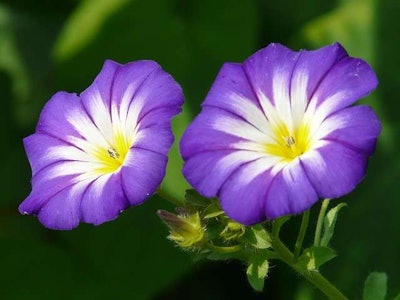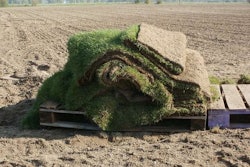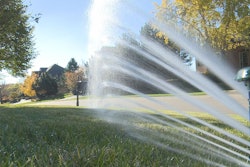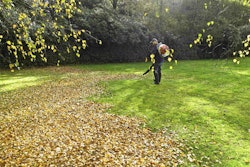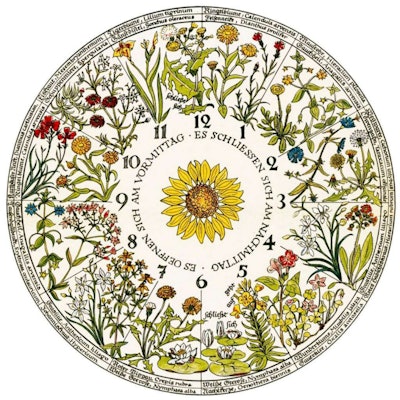 This a design of what Linnaeus’s potential flower clock may have looked like.
This a design of what Linnaeus’s potential flower clock may have looked like.Photo: Ursula Schleicher Benz
Imagine you’re working in your backyard and you have somewhere you need to be at 11 a.m., but you’re not wearing your watch. How would you know what time it was?
While you could try to gauge the time by the position of the sun, you could also look over at your flower clock to see whether the Star of Bethlehem flowers were blooming yet.
What does a flower’s blooming have to do with the time? Well, according to Swedish botanist Carl Linnaeus, there are three types of flowers and one type displays different characteristics depending on the time.
Based on his studies, there are the meteorici, which open and close depending on the weather; the tropici, which change their times for opening and closing with the length of the day; and the third group, the aequinoctales, which open at a specific hour and close at a certain hour.
With this observation, Linnaeus concluded that a floral clock could be created. The Linnean Society of London believes the botanist never actually created a “Horologium florea,” as he called it in his book, Philosophia Botanica, but the concept has been pursued and attempted by many different groups.
The internal clock that Linnaeus hypothesized about may not be as precise as he believed, but it has been noted by Michael Tortorello in The New York Times that experiments designed to reverse day and night cycles for a plant do not prevent them from opening at the same hour, for a time at least.
There are many reasons why the flower clock has not been entirely successful, involving factors such as light, air, soil, season, temperature and latitude.
“The way a gardener looks at time is very different,” Marc Hachadourian, director of Nolen Greenhouses, told The New York Times. “You look at growing seasons: spring and fall. How long it takes a vegetable to reach maturity. Whether you have two more hours after dark to finish weeding. I don’t think of horticulturists as clock watchers.”
For those interested trying their hand at planting a flower clock, the three links below offer flower species to plant for each time:
https://allthedirtongardening.blogspot.com/2010/03/plant-some-seeds-of-four-oclocks-for.html
https://www.dewsworld.com/FHowToMakeAFlowerClock.html
See the aequinoctales below
